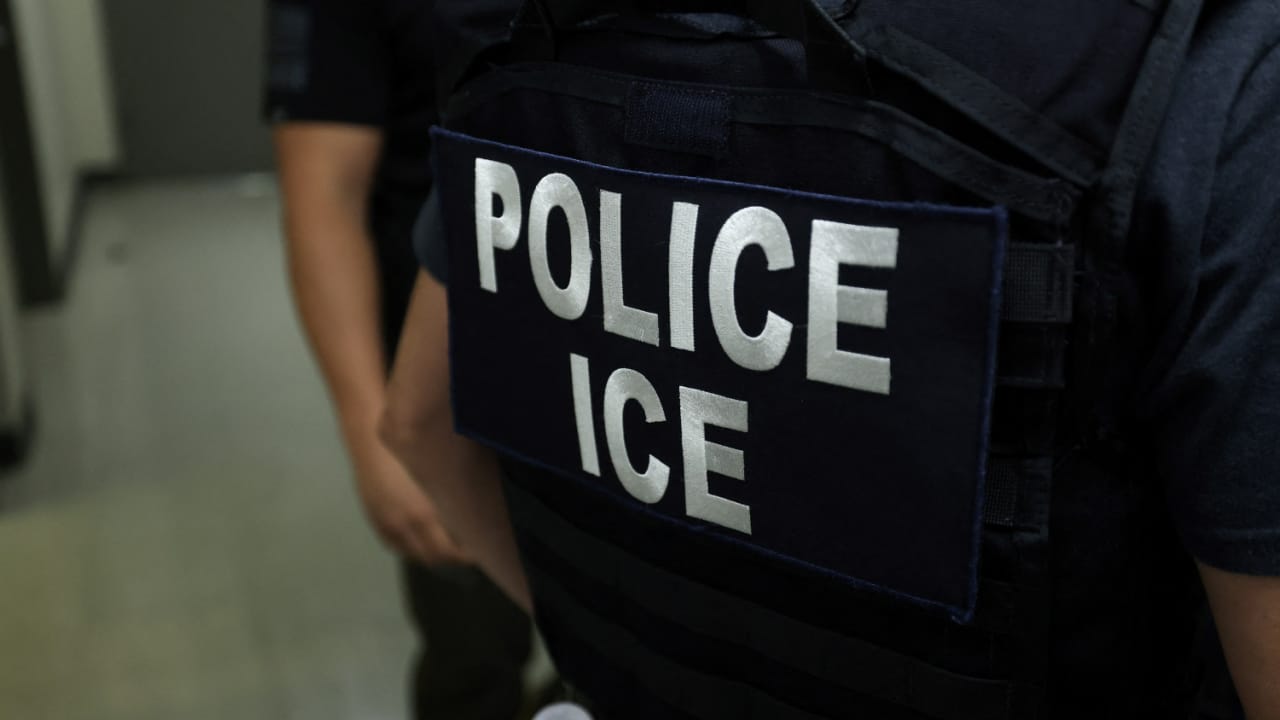The Gabby Petito Case Has Some People Calling Out the Double Standard Media Coverage Of Missing White Women
via Getty Images
On Sunday, the FBI announced that they had found the remains of a woman matching the description of 22-year-old Gabby Petito in the Bridger–Teton National Forest in Wyoming. After days of frantic searching and a media storm, the worst-case scenario happened: Gabby Petito was dead. Tributes flooded social media with people condemning domestic violence and the insidious nature of spousal abuse.
But Gabby Petito’s death wasn’t all people were talking about on social media. They were also talking about how missing Black and Brown women are never afforded this level of attention by the mainstream media.
On Twitter, there are hundreds of tweets that begin with expressing sadness over Gabby’s death and condolences to her family before addressing the fact that it is likely that this case captured the nation’s attention so thoroughly because Gabby Petitio was young, beautiful… and white.
“I have sympathy for Gabby Petito’s family, and I truly hope she’s found, or those responsible for wrongdoing are brought to justice,” wrote Twitter user @enargins. “But what gets me is how the nation becomes obsessed whenever a pretty, young, blonde, white woman goes missing, but doesn’t for all others.”
“I hope they find Gabby Petito,” wrote another Twitter user. “We are watching white privilege in news. Our women, and 1000s of BIPOC relatives go missing on the daily and the news goes silent. F you corporate news. Grief and fear have no color.” The Tweet attached a photo of a missing Indigenous man by the name of Spirit Rain Chasing Hawk. It should also be noted that when social media users point out this disparity, they are often attacked, called “racist” and insensitive.
In Black and Indigenous communities, missing people — and especially missing women — is a problem they feel that they have to take on by themselves.
The FBI’s National Crime Information Center database reports that Indigenous women made up 0.8% of the U.S. population, but made up 1.8% of 2017 missing persons cases. According to the National Center for Missing and Exploited Children, 60% of the roughly 613,000 people reported missing in the U.S. in 2018 were people of color.
“Our women and girls are treated much like our Mother Earth,” said Mashpee Wampanoag Tribal Council vice chair Jessie “Little Doe” Baird in a statement about the murder of one of their young female members. “They are stolen and violated, with very few giving voice to either the occurrence or expressing any outrage or solutions.”
Data-based studies have conclusively proven that despite being less likely to go missing, missing white women are disproportionately covered by the media.
Sociologist Zach Sommers found that media outlets select white, female victims to focus their attention on more often and that the ensuing media coverage is much more intense than when they cover missing people of color. If anything, Gabby Petito’s case proves that beyond a doubt.
The phenomenon even has a name: it’s called “missing white woman syndrome.” Academic and researcher Charlton McIlwain defined missing white woman syndrome as “white women occupying a privileged role as violent crime victims in news media reporting.”
Gabby Petito’s case is heartbreakingly sad and, indeed, illustrates a larger societal problem we have with gendered violence and spousal abuse — these issues cannot be ignored. But the stories of thousands of missing women of color have been lost to time.




